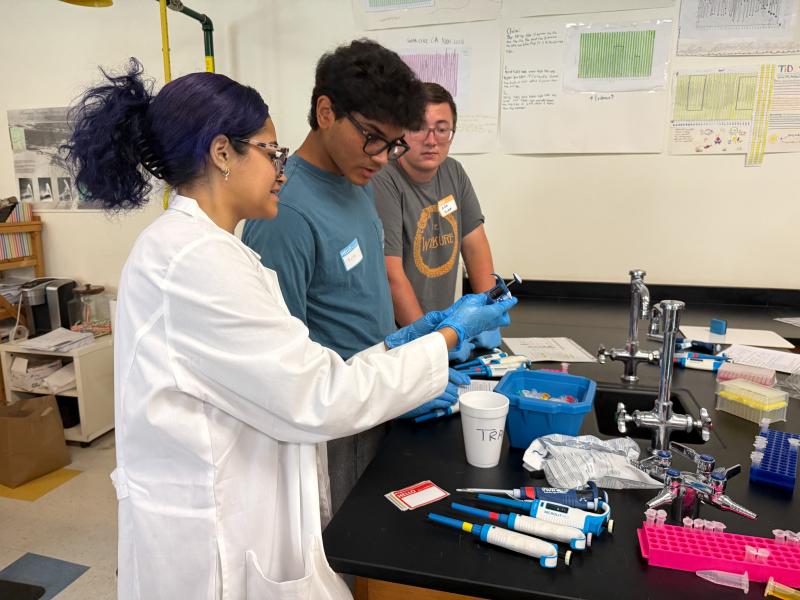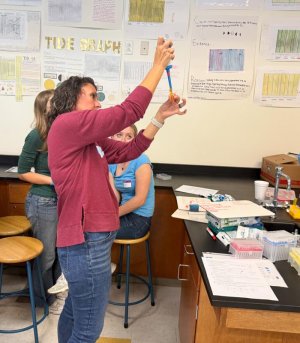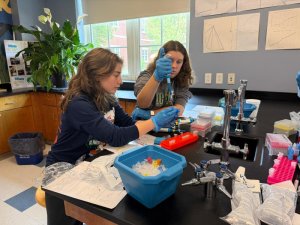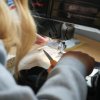Cape Henlopen High School AP biology students had a distinctive experience May 15, when a team from the ChristianaCare Gene Editing Institute spent the first half of the day in their classroom, conducting the CRISPR in a Box educational experiment.
Pronounced “crisper,” CRISPR stands for Clustered Regularly Interspaced Short Palindromic Repeats. The powerful genetic engineering tool allows scientists to edit DNA with high precision.
Ultimately, CRISPR works like molecular scissors to cut DNA in a specific spot. It’s then used to add, remove or change pieces of genetic material in living organisms. CRISPR in a Box is an educational kit used to teach students how gene editing works. They’re able to get a hands-on experience by performing a simplified version of a real CRISPR experiment, using non-pathogenic bacteria and lab-grade materials. It gives them the opportunity to learn the fundamentals of CRISPR gene editing, as well as basic lab techniques that will help them as they enter labs in a collegiate setting. The experience follows the same techniques used in research labs, allowing students to mirror the work scientists do each day.
“We are the first school in Sussex County to participate in this educational experience,” said Rachael Smith, a Cape High biology teacher. “The firsthand knowledge our students have received by participating in this experiment will be something they are able to take with them as they move on to take college-level science courses.”
Many of the students participating in the experiment have goals of attending college and majoring in a science-related field.
“I was really excited to participate in this experiment,” said Alexandra Tigue, who is planning to major in the pre-pharmacy track to doctor of pharmacy at either Purdue University College of Pharmacy or at the University of Delaware with its Thomas Jefferson partnership. “Working with the CRISPR in a Box made gene editing feel real and accessible, and the techniques the ChristianaCare team covered with us are ones I know will be beneficial to me in college.”
“We believe CRISPR in a Box is an excellent way to inspire the next generation of scientists,” said Mak Sisson, a science communications specialist for ChristianaCare’s Gene Editing Institute. “It is a tool that gives students the opportunity to turn complex genetic engineering concepts into something tangible and approachable.”
CRISPR is revolutionizing biology and medicine, and has applications in treating genetic diseases like sickle cell anemia or cystic fibrosis, improving crops by making them more resistant to disease or drought, and studying genes. It is considered one of the most significant scientific breakthroughs of the 21st century.
Smith said, “Watching my students actively engage with real gene-editing techniques was incredible. It sparked their curiosity, honed their critical thinking skills and created genuine excitement about science.”



















































